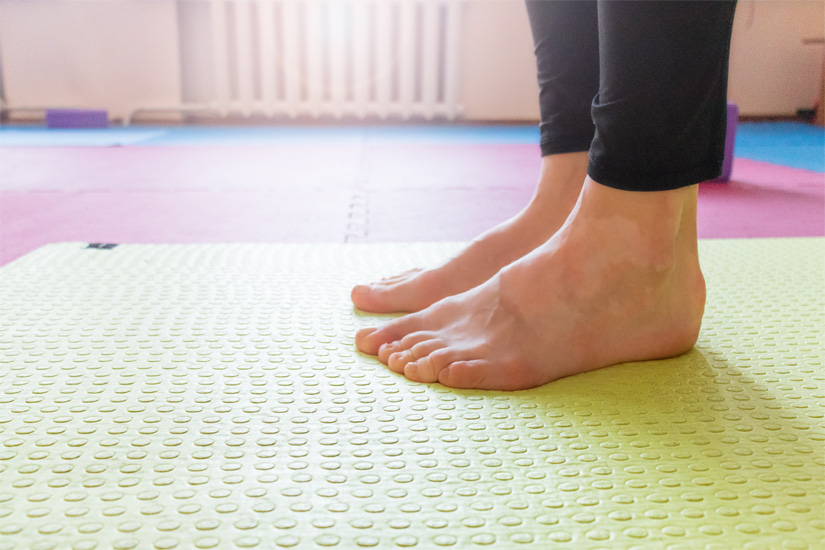
The Podiatrists Who Really Care.










Gold Coast Podiatrist
Our podiatrists are AHPRA registered and have experience providing excellent podiatric care for patients from all walks of life.
The Foot Stop is located on the Corner of Saffron St & 19th Ave, Elanora. We are a state of the art clinic, providing professional podiatry and orthotic services to all the family – from children’s, to adults to seniors feet. We’ve got you covered.
So whether your feet require a children’s podiatrist, sports podiatrist, general foot care podiatrist or a pair of custom orthotics, look no further. Our friendly podiatry team will take care of you. After all, we are ‘the podiatrists who really care!’
Gold Coast Podiatrist Services
We offer a wide range of services at both at our Gold Coast Podiatry Clinic and mobile podiatry. Our treatments cover a broad range of conditions. All our podiatrists love to keep up to date with the latest in podiatric technology and advancements. We also love to keep our patients up to date and informed.Home Visit Podiatrist
Not only do we offer services in our Gold Coast Podiatry Clinic we also offer mobile podiatry across the Gold Coast.
The Foot Stop is dedicated to making sure everyone has access to gold standard foot care. For the elderly and disabled in particular, it can be a hassle attending in-clinic appointments. Our Gold Coast Podiatrists provide all the services of a podiatry clinic, in the comfort of your own home.
Your Trusted Gold Coast Podiatrist
Our reputation is well earnt across the Gold Coast for good reason. We really are ‘The Podiatrists Who Really Care’. Our Gold Coast Podiatrists are experienced, professional, and friendly to make sure all our patients are comfortable on their feet.
No matter how complicated your problems may seem, or the number of previous podiatrists you’ve seen in the past we want to help you get back to your best! Our Gold Coast Podiatrists have the knowledge and experience to get to the bottom of foot and lower limb issues.
Our broad knowledge, evidence-based approach and utilisation of the latest equipment and technology shows that our podiatrists will do everything they can to improve your quality of life and your foot health.
So whether it’s in our Gold Coast Podiatry Clinic or a visit from our Mobile Podiatrist we’ve got you covered. Call us for an appointment today!
Gold Coast Foot Clinic
From consultation and assessment to diagnosis and treatment, the professional team of podiatrists at our Gold Coast podiatry clinic are dedicated to ensuring every patient receives the highest quality of foot care.
So whether you need a home visit podiatrist or an in clinic appointment The Foot Stop has you covered. Book today.
Mobile Podiatry Services in the Greater Sydney Area
- The Foot Stop
- News
- March 28, 2024
- Comments Off on Mobile Podiatry Services in the Greater Sydney Area
Finding the Right Doctor for Your Feet
- The Foot Stop
- Uncategorized
- July 21, 2023
- Comments Off on Finding the Right Doctor for Your Feet
Footwear evolution over time in our life
- The Foot Stop
- Radio
- June 30, 2023
- Comments Off on Footwear evolution over time in our life








